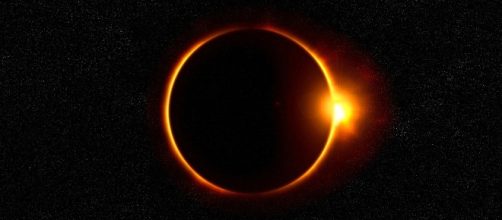The Great American Total Solar Eclipse shortly turned into a photography contest when professionals and hobbyists showcased their best work. But there’s no denying that the country’s premier space agency has the upper hand when it comes to photographing the eclipse.
Recently, NASA published images of the phenomenon including an Infrared image of the solar eclipse and it is nothing short of amazing. NASA scientists took the infrared images but they weren’t just capturing photographs, they were studying them, too.
NASA’s eclipse image library
According to Science Alert, there were tons of images taken from about 15,240 meters (50,000 feet) away.
One of the most remarkable is the infrared view of the eclipse during the peak or the “totality.” This image went viral since it is something normal eyes cannot see.
But there’s a deeper reason why scientists used an infrared view in photographing the eclipse. This version offers a rare chance for them to peek into Mercury and the Sun’s mysterious atmosphere. The Earth's view of Mercury is usually obscured by the sunlight thus making it difficult, if not impossible, to study its temperature.
In order to understand how the phenomenon works, scientists compared the infrared image with another photo of the eclipse using high-speed visible light. Scientists used the DyNAMITE and the Southern Research’s Airborne Imaging and Recording Systems (AIRS) to photograph the phenomenon.
Thanks for joining us to experience #Eclipse2017! Join us again in 2024! Check out our image gallery: https://t.co/lg7SdbOHwh pic.twitter.com/ToS124gcRO
— NASA (@NASA) August 21, 2017
Chasing the eclipse
Two NASA jets were commissioned to “chase” the eclipse by following it on the horizon. This gave the scientists aboard the jets a slightly longer time to view the eclipse. The images were taken by cameras aboard NASA’s WB-57 spacecraft while flying over the U.S. territory. Researchers from the Southwest Research Institute said that the infrared data looked “spectacular.” With the infrared photo of the eclipse, scientists were already able to identify some surprising features.
The main objective of the study is to understand the Sun’s corona.
Also, the eclipse gave them a rare chance to observe the temperature of Mercury. In cases like this, the infrared imagery is best utilized.
Mercury
During normal days, Mercury is very difficult to observe because it sits very near the Sun. But the obscured view of the Sun during an eclipse makes it possible to observe the planet. With today’s technology, the total eclipse gave scientists a window to measure the planet’s night side temperatures for the first time.
Also, the darkness highlighted the edges of the Sun’s visible surface, making it a perfect time to study the corona. Usually, it is impossible to study the corona because it is too faint against the intense heat from the Sun.


